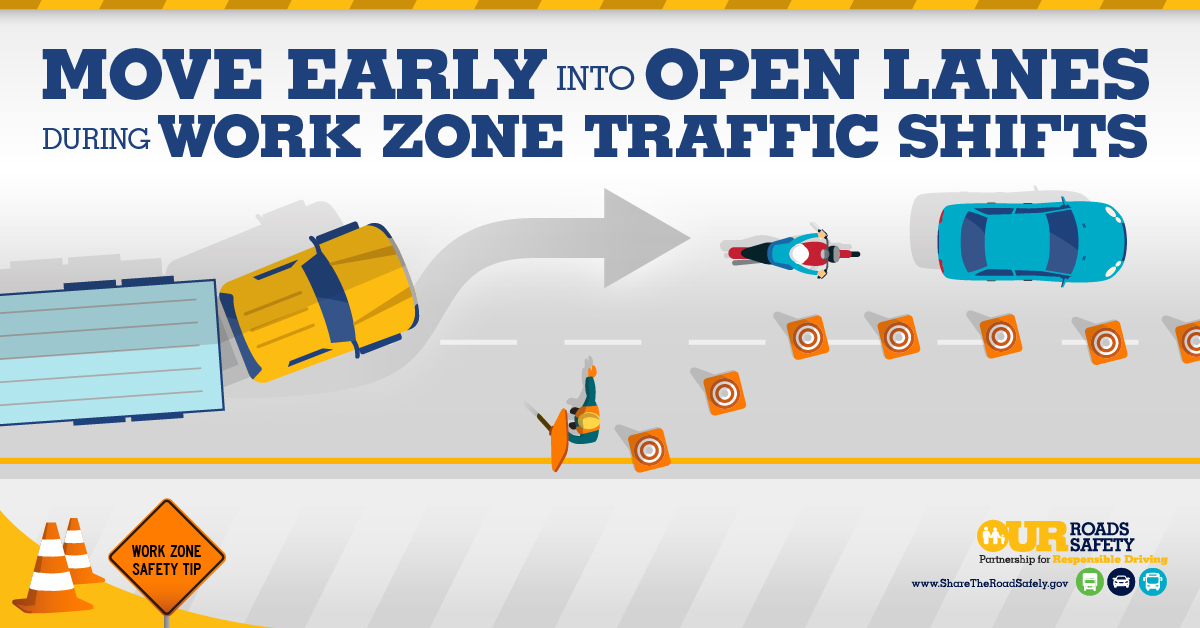About every three days a fatal work zone crash involving a large truck occurs in the U.S. That totals 133 truck-involved fatal work zone crashes each year, according to the Federal Highway Administration (FHWA).
Overall, the past five years have seen 4,400 people killed and 200,000 people injured in work zone crashes, truck-involved or not, but the trucking figures from FHWA are daunting.
Out on the rural Interstates, fully 47% of fatal work zone crashes involve large trucks, and when those fatal crashes do occur, 49% of the time the truck driver hits something or someone right in front of them.
Highway work zones are dangerous for all highway travelers but are particularly difficult for trucks, with narrowed, shifting lanes, reduced speeds and last-second merging by other vehicles, challenging even the best and most experienced truck driver.
Here are some tips to make it safely through:
- Read the signs. Work zone signs tell you changes in the normal traffic pattern are ahead. Pay attention. FHWA says driver distraction is a factor in 30% of fatal truck-involved work zone crashes. Don’t add to that statistic.
- Keep your distance. Leave enough space between your truck and the vehicle ahead of you. Keep your eyes on the taillights ahead, but also keep a high visual horizon, meaning look well ahead of you for stopping traffic and traffic pattern changes. Be prepared to slow down or stop unexpectedly.
- Obey the reduced speed limit sign. Stopping is easier when you are traveling at or below the recommended work zone speed limit. You may feel capable of negotiating the traffic pattern at a higher speed than posted, but remember work zones can change and you must consider the abilities of other drivers around you. Be ready to slow or stop by keeping your speed in check.
- Merge safely and early. When lane changes are required, move into the open lane at your earliest, safe opportunity. But watch your “blind spots,” as other vehicles may speed up to get in front of you.
- Signal others what’s ahead. You sit up higher in the cab. When you see slowing or stopped traffic, turn on your flashers to signal traffic behind you.
- Watch out for workers. A highway work zone means workers and their machinery may enter your traffic lane. Often, there will be a “Flagger Ahead” sign telling you that traffic may be stopped or escorted. At any time, though, your complete attention is the best defense against a crash.
- Be patient. Highways require maintenance. A work zone is a sign of improvement – smoother pavement, safer routing, stronger bridges in the future. Take your time. That “End Road Work” sign in the distance is a “thank you” for being a safe and courteous truck driver.

